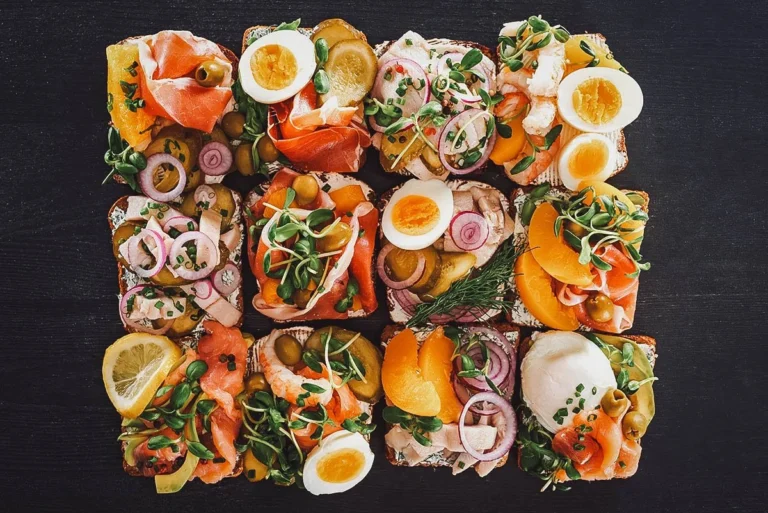Introduction: Danish cuisine overview
Danish cuisine has a long history and is known for its simplicity and freshness. The cuisine is influenced by the sea and the land, with an emphasis on fresh seafood, pork, root vegetables, and dairy products. Danish cuisine is also known for its emphasis on seasonality, with the use of local and fresh ingredients. The cuisine has evolved over time and has been influenced by Viking, German, and French cultures.
Regional variations in Denmark
Denmark is a small country with a population of just over 5 million people. Despite its small size, there are distinct regional differences in Danish cuisine, influenced by the geography, climate, and history of each region. Jutland, Zealand, Funen, Bornholm, and Copenhagen are the five main regions of Denmark, each with its own unique cuisine.
Jutland cuisine: seafood and potatoes
Jutland, located in the western part of Denmark, is known for its seafood and potato dishes. The cuisine is influenced by the North Sea and the Wadden Sea, which provide an abundance of fresh fish and shellfish. Some of the most popular dishes from Jutland include fried herring, smoked salmon, and fried plaice. Potatoes are also a staple in Jutland cuisine, with dishes such as potato pancakes, potato soup, and potato dumplings.
Zealand cuisine: pork and cabbage
Zealand is the largest island in Denmark and is known for its pork and cabbage dishes. The cuisine is influenced by the fertile farmland on the island, which produces high-quality meat and vegetables. Some of the most popular dishes from Zealand include roasted pork with crackling, cabbage rolls, and pork meatballs. The region is also known for its use of herbs and spices, such as bay leaves, thyme, and juniper berries.
Funen cuisine: traditional Danish dishes
Funen, located in the central part of Denmark, is known for its traditional Danish dishes. The cuisine is influenced by the island’s rich history and cultural heritage. Some of the most popular dishes from Funen include frikadeller (Danish meatballs), flæskesteg (roasted pork), and æbleskiver (pancake balls). The region is also known for its use of butter and cream in cooking.
Bornholm cuisine: smoked fish and pork
Bornholm is a small island located in the Baltic Sea and is known for its smoked fish and pork dishes. The cuisine is influenced by the island’s location, which provides an abundance of fresh fish and seafood. Some of the most popular dishes from Bornholm include smoked herring, smoked salmon, and smoked pork. The region is also known for its use of herbs and spices, such as dill and fennel.
Copenhagen cuisine: fusion and gourmet dishes
Copenhagen, the capital city of Denmark, is known for its fusion and gourmet dishes. The cuisine is influenced by the city’s diverse population and its status as a culinary capital of Europe. Some of the most popular dishes from Copenhagen include smørrebrød (open-faced sandwiches), meatballs with pickled red cabbage, and seafood dishes. The region is also known for its use of foraged ingredients and innovative cooking techniques.
Conclusion: diversity in Danish cuisine
In conclusion, Danish cuisine is diverse and influenced by the geography, climate, and history of each region. From seafood and potatoes in Jutland to smoked fish and pork in Bornholm, there is a wide range of dishes to try in Denmark. Whether you prefer traditional Danish dishes or gourmet fusion cuisine, there is no shortage of delicious food to explore in Denmark.

